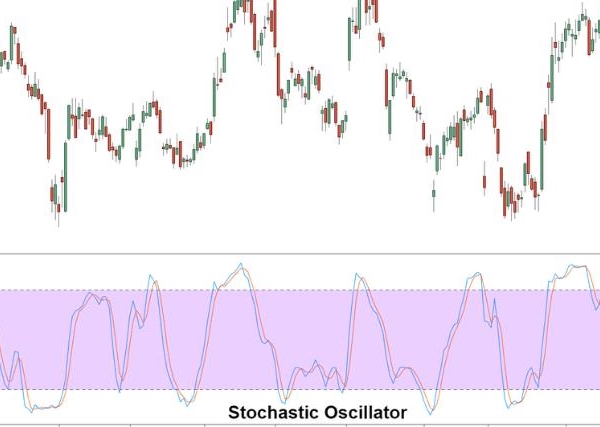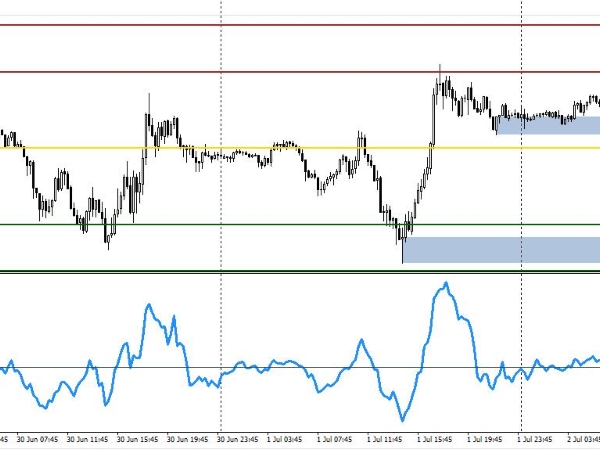How to Use the VIX in Forex Trading
Investing in assets such as stocks, bonds, cryptocurrencies, futures, options, and CFDs involves considerable risks. CFDs are especially risky with 74-89% of retail accounts losing money due to high leverage and complexity. Cryptocurrencies and options exhibit extreme volatility, while futures can also lead to significant losses. Even stocks and bonds can depreciate quickly during market downturns, and total loss can ensure if the issuing company fails. Furthermore, the stability of your broker matters; in case of bankruptcy, the presence of an effective investor compensation scheme is crucial for protecting your assets. It's vital to align these investments with your financial goals and if needed, consult with financial professionals to navigate complex financial markets.
Read more about us ⇾We earn commissions from some affiliate partners at no extra cost to users (partners are listed on our ‘About Us’ page in the ‘Partners’ section). Despite these affiliations, our content remains unbiased and independent. We generate revenue through banner advertising and affiliate partnerships, which do not influence our impartial reviews or content integrity. Our editorial and marketing teams operate independently, ensuring the accuracy and objectivity of our financial insights.
Read more about us ⇾Data is continually updated by our staff and systems.
Last updated: 14/04/2020
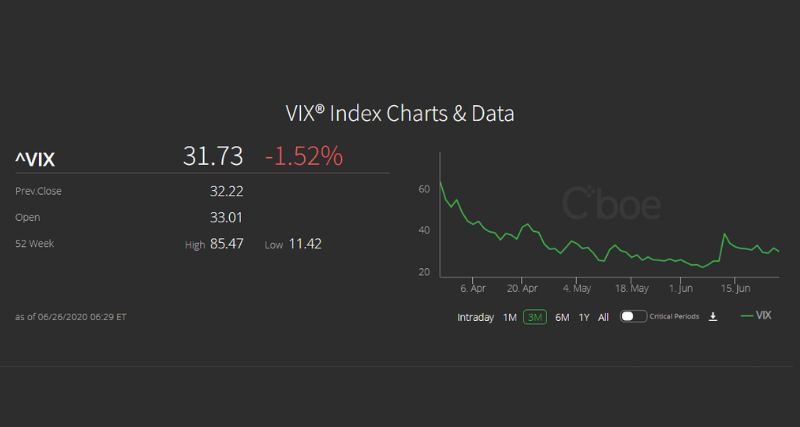
Volatility Index (VIX) refers to the amount of uncertainty or risk about the size of changes in an asset’s value; higher means that the price can change dramatically over a short time period in either direction and lower means that price remains steady.
VIX refers to the Chicago Board of Options Exchange (COBE) Volatility Index, which is calculated from a weighted blend of prices for a range of options on the S&P500 index. Although it is originally a measure of the implied volatility of S&P 500 index options, it has been widely accepted by forex traders as a key indicator of investor sentiment and market volatility. In this article learn how to use the VIX indicator in Forex trading.
Contrarian Strategy:
High volatility, or high VIX reading, occurs at periods of emotional stress and uncertainty when the market is peaking at panic bottom. Low volatility, or low VIX reading, occurs at periods of emotional calm when market is rising.
Forex Applicability:
It must be remembered that the VIX pertains the volatility of S&P 500 index options, and if you are trading currency pairs from this sentiment indicator, you have to make sure that the currency pairs are at least broadly correlated with the S&P 500. For instance, if the EUR/USD is broadly correlated with the S&P 500, and if the VIX reading is high when both the EURUSD and SP500 are in a bear market, then it could signal that both markets have reached their bottom and may stage a bullish correction at any time.
Source:
It looks like this on a 5-day scale:
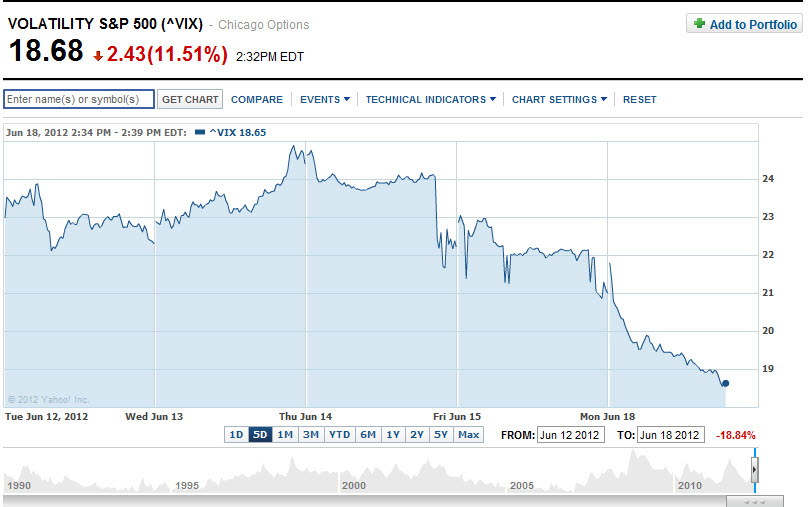
Note: It is nice to compare the VIX on multiple time horizons as well against different currencies. To compare it with different currencies, at least in a percent basis, type in the currency in the Compare tab.
MT4 Tools:
Here is a link to a blog of a French coder who has made available an indicator that graphically charts the daily values of the CBOE VIX in a sub-window below the currency chart, and somehow works out these values on the smaller time frames, plus conveniently adding fast and slow moving averages to better see the larger VIX trends:
Here is what it looks like:
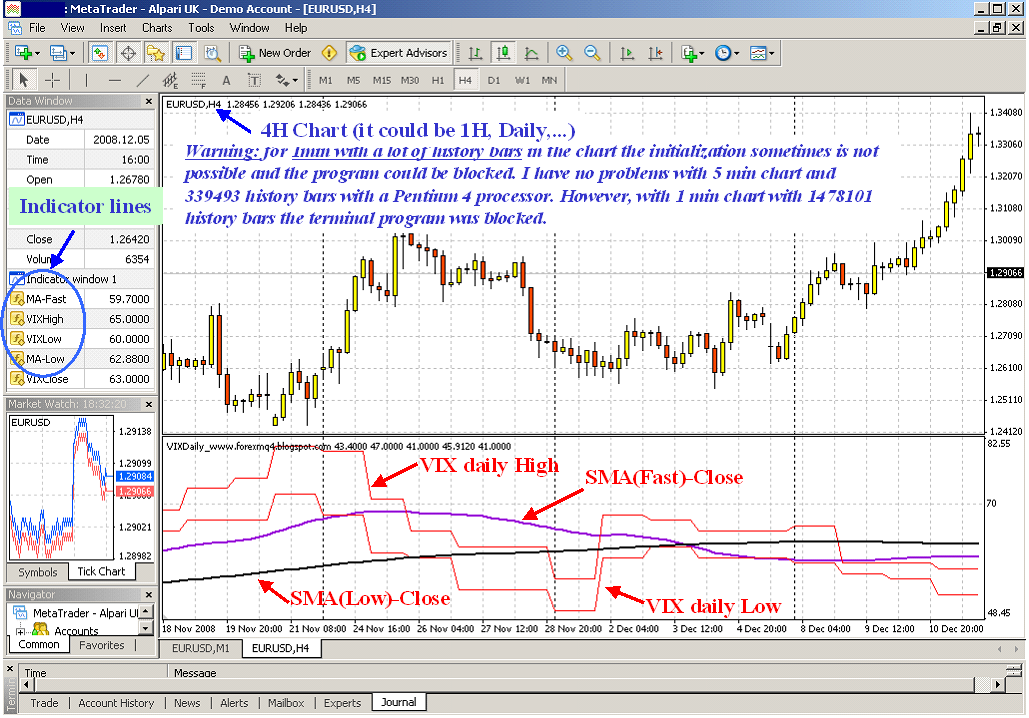
You may have to carefully go back through the data history to see how the VIX moving averages crossing each other can alert you to potential reversals. If you know MLQ4, you might want to work out this indicator into your existing EA as a possible filter, to see if via back-testing along with different configurations (and MA parameter lengths) it can serve to enhance your EA’s performance.
Read also about other Forex Correlated Sentiment Indicators: Put/Call Ratio (Currency Futures Options), Open Interest (Currency Futures), Commitment of Traders Report COT (Currency Futures) and Volatility via VIX (S&P500 Options)
You might also like to read:



